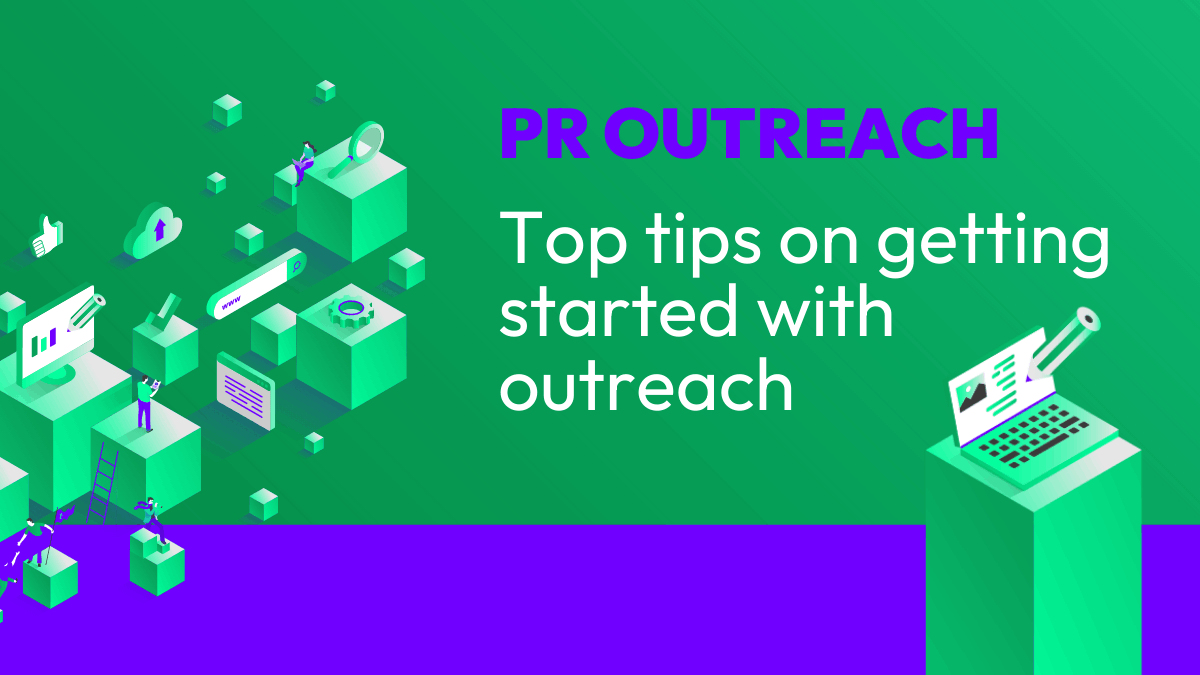Have you ever struggled with idea generation?
There is a constant demand to stay ahead of competitors in any industry you might find yourself in. One of the fundamental ways of doing this is to remain innovative; challenging your business with new answers to existing questions and adapting to major changes within your own industry without being left behind.
Failure to do this will leave you on the scrap heap of companies that have not stayed relevant to their various demographics. Your capacity to come up with fresh ideas for content and PR campaigns can be the difference between surging popularity, and a dwindling group of loyal customers.
What is the Best Process to use for Idea Generation?
Idea generation can be a tricky process, especially when dealing with complex subjects that are difficult to translate into digestible content for your customers. But fresh ideas are the backbone of any innovative business, which is why generating unique concepts, intriguing content pieces and Digital PR campaigns are vital to keep your products and services at the forefront of customer’s minds.
What is the best process to use for Idea Generation? It completely depends on your business, your industry, and what works best for your team.
Idea generation can range from in-depth, individual research that will inform the best ways of getting through to your customers, to off-the-cuff ideas meetings where colleagues get together to thrash out ideas around a meeting room table. Whilst both ends of the spectrum can be successful, they can also have their shortcomings.
It might be that your industry has some tricky subjects to tackle so idea generation can be more complicated than just sitting around a table thinking of the first thing that comes to mind. On the other hand, becoming embedded in research can leave you distanced from your customers and lacking the personal touch.
What you need is a happy medium; a universal tool for idea generation that can be adjusted depending on your subject and the purpose. Brainwriting 635 is just one such tool that we use at Tecmark to generate ideas efficiently and easily.
What is Brainwriting 635?
Good question. It’s a tool that we’ve used for a long time now for generating 108 ideas in 30 minutes. This efficiency has helped us develop ideas from the ground up, using different perspectives from across our team. Essentially, it follows the following basic principles:
In addition, we took the same elements that we use in our office and implemented them online, in the form of a web tool available for other businesses to use. It has the added bonus that all participants don’t have to be in the same room at once, so if you are working between offices then your ideas can be recorded remotely and you still end up with 108 ideas.
Does it work for generating ideas efficiently?
We have found from experience that the basic elements behind Brainwriting are incredibly useful for generating a lot of ideas over a short space of time. However, there can be a few drawbacks in practice:
- Each participants’ level of experience with the subject matter can affect the quality of their ideas
- The organiser of the Brainwriting session will need to find time to brief the participants and get everyone in the same room at same time – which can be difficult when everyone is busy
- Once you have 108 ideas, these will still need to be reviewed to pick out the best ones and develop them accordingly into workable ideas
- After the session has finished, often there isn’t enough time planned in for the organiser to pick through all the ideas looking for the best ones
To overcome these drawbacks, we’ve now developed a way to optimise brainwriting so that you can have a better chance of generating good quality ideas every time.
Adding Extra Steps to get the Best Results
Fundamentally, we want every Brainwriting session to be an efficient use of yours and your team’s time. The drawbacks we have found normally originate from a lack of pre-planning before the session even begins.
This could take the shape of a Research and Discovery document shared with the group prior to the session, including an introduction to the topic, key points, keyword research and opportunities that might inform their idea generation. On the other hand, it could include a Mindmap created by the organiser to immerse the participants into the industry or market they happen to be creating ideas for.
Alongside more research shared with the group, we have overhauled the process by adding extra steps to the brainwriting process:
These additional steps make sure all participants are up to speed with the chosen topic/subject area no matter how complex it is. They also make sure that after the Brainwriting session has finished, the ideas are put to good use and developed through to fruition, rather than wasted.
The best thing is, they only add an additional hour onto the current 30 minutes, so the entire process is still quick and easy to complete.
Summary
- Make sure your idea generation strategy is working for your business – if not, change it
- If using Brainwriting, adopt extra steps such as Briefing, Planning and Finalising to make sure the ideas you create are better quality and put to good use after the session has finished
- Create your own steps around the Brainwriting exercise depending on your own requirements


